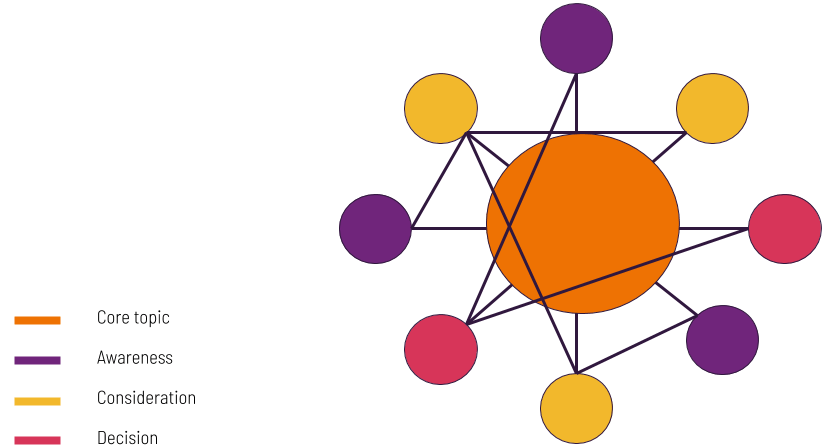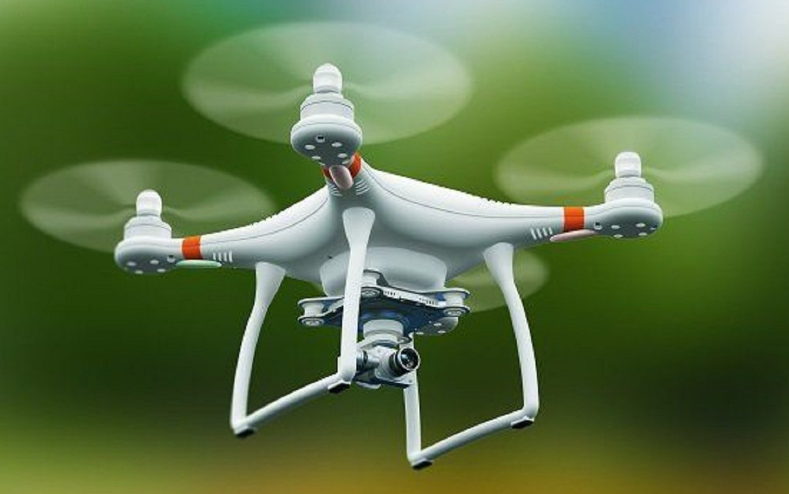In the professional world, your personal brand often speaks to new contacts before you do. Personal branding is the process of marketing your business, career, or yourself to attract opportunities and grow your professional network.
Because most of our networking occurs online, LinkedIn plays a considerable role in your branding. Business owners like you use LinkedIn to establish an online presence by posting content to their feeds and relevant LinkedIn groups.
Sharing your values and expertise through your digital content showcases builds professional relationships, showcases your experience, and helps you stand out from the crowd of professionals in your industry.
To be effective, you need to deliver LinkedIn content that is engaging, inspiring, and serves to further develop your brand.
1. Include personal LinkedIn brand profile features

- A professional profile picture
- A creative cover photo
- A solid ‘About You’ summary
- A well-planned featured section
2. Offer free resources to your followers and LinkedIn connections

- Checklists
- Templates
- eBooks
- How-to guides
- Slide decks
3. Host some live coaching sessions on LinkedIn

4. Build your personal LinkedIn brand using LinkedIn Stories

5. Use LinkedIn content to build your personal brand










